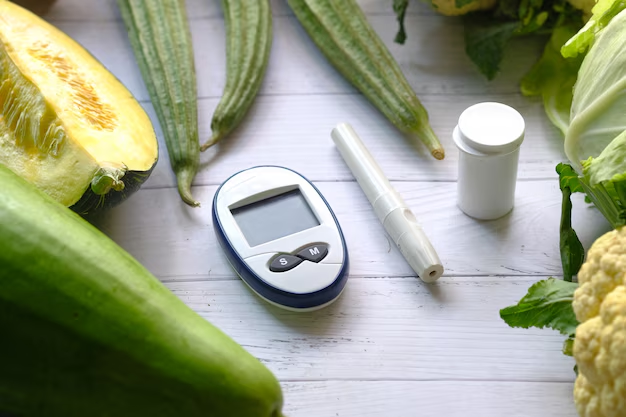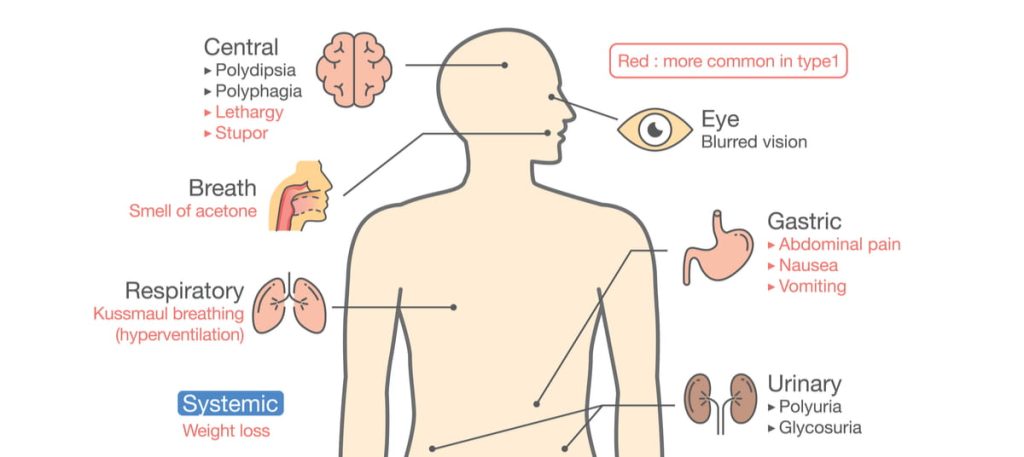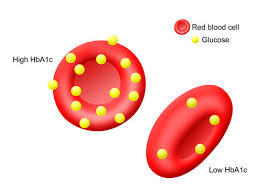Get a Free Ayurveda Consultation from Rayshree Ayurveda!

Ayurveda suggests observing early symptoms and addressing them through diet, herbal remedies, detox therapies (Panchakarma), and lifestyle modifications to restore balance and prevent progression. Consulting an Ayurvedic practitioner for pulse diagnosis (Nadi Pariksha) can also help determine the severity of dosha imbalance and suggest personalized treatments. 🌿✨
Excessive thirst (Trishna), frequent urination (Prabhuta Mutrata), dry mouth, and extreme fatigue are common cause of Madhumeha. Patients may also experience unexplained weight loss, persistent hunger, blurred vision, slow-healing wounds, and numbness or tingling in the hands and feet due to aggravated Vata. Additionally, skin infections, excessive sweating, and sugar-like taste in urine are classic Ayurvedic indicators.


HbA1c (Hemoglobin A1c) is a blood test that measures average blood sugar levels over the past 2-3 months. It reflects the percentage of glucose attached to hemoglobin, the oxygen-carrying protein in red blood cells. A normal HbA1c level is below 5.7%, while levels above 6.5% indicate diabetes. Unlike fasting or random blood sugar tests, HbA1c provides a long-term picture of glucose control and helps assess diabetes management.
From an Ayurvedic perspective, an elevated HbA1c is a sign of Madhumeha, caused by Kapha-Vata imbalance, weak digestion (Mandagni), and toxin buildup (Ama). When Agni (digestive fire) is weak, sugars remain unprocessed, leading to high blood sugar and long-term metabolic disturbances. Ayurveda focuses on balancing doshas, strengthening Agni, detoxifying the body, and improving insulin function through herbal remedies like Gudmar, Neem, and Turmeric, dietary adjustments, Panchakarma therapies, and lifestyle modifications. Regular monitoring of HbA1c along with Ayurvedic treatment can help in effectively managing diabetes and preventing complications. 🌿✨

B.A.M.S. from Barkatullah Vishwa Vidyalaya, Bhopal, P.G.D.E.M.S form England University
Detox therapies like Virechana (purgation), Basti (medicated enema), and Udvartana (herbal powder massage) help cleanse toxins and restore metabolic balance. A balanced diet is crucial, emphasizing barley (Yava), millet, bitter vegetables, and cow’s ghee, while avoiding sugar, excessive dairy, and processed foods.

111/118, Ashok Nagar, Harsh Nagar, Kanpur, Uttar Pradesh, India